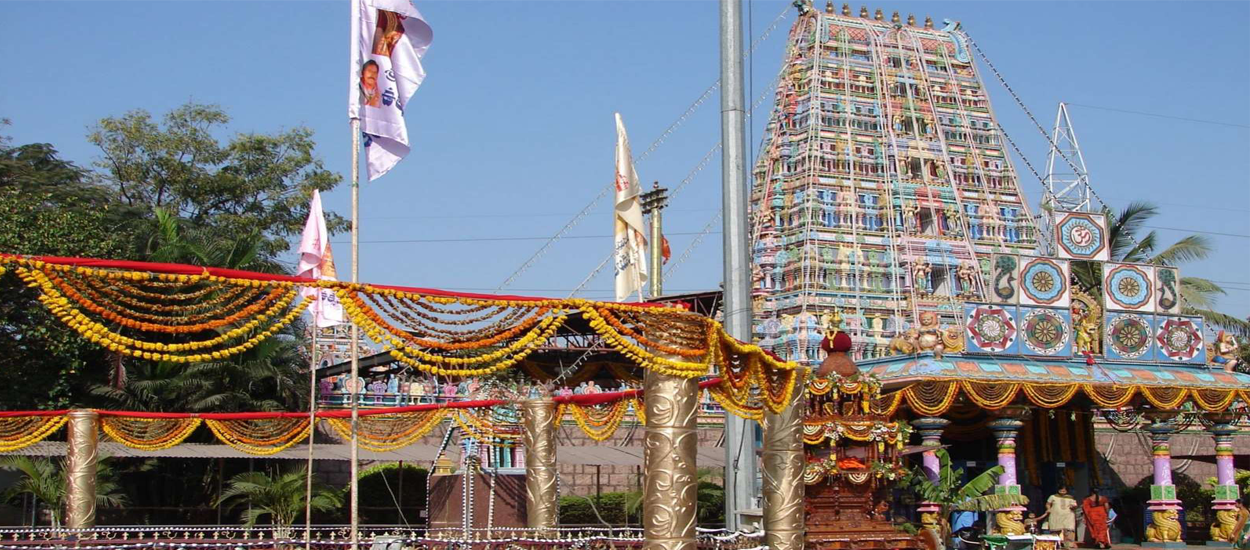
Maa Durga( the goddess Durga) is the supreme goddess as she embodies the immeasurable power of the universe and is a representation of female dynamism and creative energy. The goddess Durga with ten hands carrying weapons, sitting on a lion or a tiger and assuming mudras (symbolic hand gestures) plays a conventional male role.But dressed in imperial red saree and adorned with gold ornaments, maa looks stunningly beautiful. Durga Puja Traditions reflect the essence of joy, gaiety, fun but also the celebration of the victory of good over evil.A narrative from the Devi Mahatmya of the Markandeya Purana describes the creation of the form of Durga. According to the narrative, Mahisasura (the Buffalo Demon) through years of praying received a blessing from Lord Brahma.
The blessing had made him invincible. Armed with the power of being indomitable, he mercilessly started destructing the whole Universe. Aided with the supreme power of being invincible, Mahisasura marched into the Heaven and attacked the gods. The gods went for help to Brahma, Vishnu and Rudra (the supreme trinity), but Mahisasura conquered all of the gods including the trinity themselves.
Since only a woman could kill him, the trinity imparted all their divine gifts to Uma(the wife of Shiva) and changed her into the goddess Durga. The divine gifts bestowed on Durga to defeat Mahisasura were a trident from Pinakadhrik, Varuna, the sea, gave her a conch, Krishna gifted her disc. The god of fire presented her a missile. The wind, Vayu graced her with arrows while the king of gods, Indra, gifted her thunder-bolt, and the gift from Airavata (Indra's white-skinned elephant) was a bell. From the god of death Durga was honored by a rod, and from the Ruler of Waters she was gifted a noose. Durga was graced with many other valuable and magical treasures: new clothes, gold ornaments and a garland of eternal lotuses for her head and breasts. Heaven's architect gifted her bright axe and magic armor. God of mountains, Himavat (God of mountains) gave her jewels and a splendid lion to ride into her battle with Mahisasura. Armed with the splendid armaments of the gods and dressed in golden armor and jewels she set off to defeat the buffalo demon. First she fought with the army of Chikasura and then that of Chamara( both were Mahishasura's chief commanders) They were ruined in a grand battle. Mahisasura was terrified and enraged by the shocking events on the battlefield. He came back to his own form, a buffalo, and went to attack on Durga's lion. The lion was furious by the presence of the demon-buffalo and attacked him. While the demon was engaged in fighting with the lion, Durga threw her noose around his neck.
To escape from the noose, Mahishasura left the form of buffalo and assumed the form of a lion. But, Durga beheaded the lion but Mahisasura escaped again. He took the formidable figure of a huge elephant and battered the lion with a tusk. When, Durga saw her lion getting attacked she hacked at the tusk until it was broken. Mahisasura was more or less sabotaged; he retreated into the mountains in the shape of buffalo and threw boulders at the goddess with his horns. Durga, then drank the divine nectar, gift of and jumped on Mahishasura throwing him to the ground with her left leg. She seized his head in one hand, stabbed him with her sharp spear held in another hand and with another of her ten hands she beheaded him. This was the end of the reign of terror and this day is celebrated by all of us as it enthralls our heart with the feeling of victory of good over the evil.
Though Durga Puja spans over a period of ten days but the main part of the puja is limited to four days only. In Hindu tradition, the fifteen days from the new moon upto the next full moon is called as Debi-Paksha, and is regarded as the best time for doing any sacred thing. On the day of the last new moon before the Pujas(Mahalaya), the eyes of the idols are designed and the process is called chakshu-daan and with Mahalaya the Durga Puja gets started. However, the main Puja, begins on the evening of Sasthi( the sixth day after the new moon) generally under a 'Bel' tree. In Saptami(the seventh day after the new moon) the Pran (life) of the goddess Durga is carried from a pond or river in a banana tree and established inside the image. The banana tree with a new yellow saree akin to a newly wed bride and sitting in a palanquin is called the Kola-Bou (Banana Bride). This ritual of embedding life into the idol is generally known as Bodhan. The main puja begins thereafter and the main time is the Sandhikshan (the crossover time between Ashtami and Navami). The essence of the puja is Arati which takes place everyday in the evening. On Dashami (which is the tenth day from the new moon) the idol of maa is immersed in a pond or river, with people shouting aascche bocchor aabar hobe (we will wait for the next pujas). Sweets are exchanged between friends and families on Bijoya.